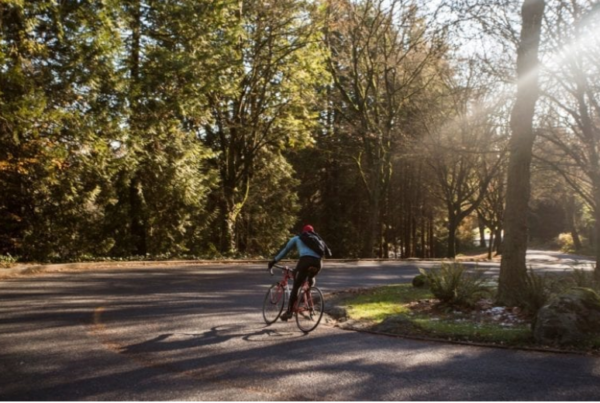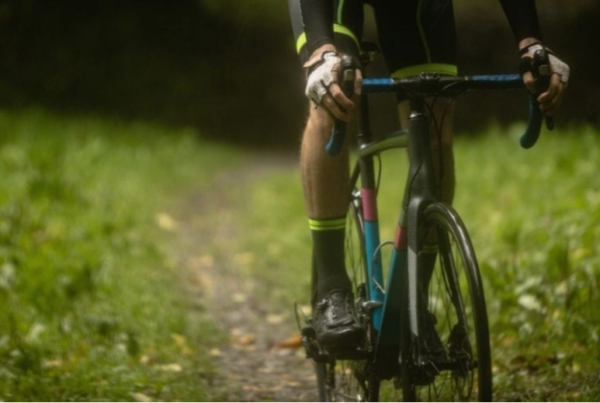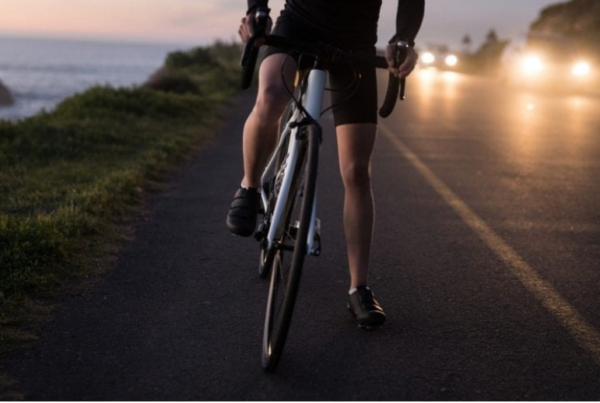Whether you love climbing or hate it, it’s a necessary skill to master if you want to improve as a cyclist. To make it happen, you’ll need to work on your climbing power, pacing and overall fitness — and including hill-specific interval training in your weekly routine is a great way to do it.
From rolling hills to tackling the steepest gradients, these three cycling repeats get you ready to climb.

While many cyclists might not think of shorter climbs at gradual gradients to be all that difficult, when you’re riding roads featuring rolling hills, one after another, it can be downright tortuous. Even though it may only take a minute or two to get to the top, it can be hard to get into a rhythm, causing your legs to feel like a ton of bricks.
This hill acceleration workout can be a good way to get your legs — and mind — ready for the effort required to conquer rolling hills.
The workout: Find a 1-mile climb. Pedal at a moderate pace, spinning in a comfortable gear. When you’re 300 meters from the top of the climb, pick up the pace by switching to a slightly harder gear and upping your cadence to 90 revolutions per minute (rpm) or higher, riding as hard as you can in the seated position. Continue accelerating past the top of the climb for 5 seconds. Turn around and coast back to the bottom of the climb, spinning easy for 3–4 minutes. Repeat 4–5 times.
- READ MORE > 5 SECRETS TO GET BETTER AT CLIMBING WITHOUT CLIMBING HILLS
Pro tip for riding rollers: You’ll gain speed on the downhills in between rollers, but resist the temptation to pedal to the top of the next hill in a big gear. Instead, switch to a gear on the downhill that allows you to spin continuously at 80 rpms or higher up the next roller.

Getting to the top of a long climb without bonking is difficult for any cyclist, and it can be especially tough if you don’t ride long climbs frequently. This workout helps you work on the kind of sustained power you’ll need to reach the top of any long climb and teaches you how to pace your efforts properly.
The workout: For this basic over-under hill climbing repeat, you’ll need to find a climb that takes at least 10–15 minutes to reach the top. Using a heart rate monitor, ride for 3 minutes at 90–95% of your maximum heart rate, keeping your cadence above 80 rpms. Follow this 3 minutes with a 1-minute acceleration by shifting to a harder gear, raising your heart rate to 95–98% of your maximum heart rate while maintaining the same cadence. Repeat this 3 minutes of steady and 1-minute acceleration pattern until you reach the top. Recover with 5 minutes of easy spinning and repeat 3–4 times.
Pro tip for riding long climbs: Pacing yourself is the key to tackling long climbs. Always begin a long climb at a pace you know you can maintain, spinning in a gear that won’t tax your muscles, heart and lungs too heavily. Save your energy for any steep gradients that may pop up along the way and for that last mile or two when things get tough.

We’ve all come across this section of road before. You’re on a climb, pacing yourself as best you can, when suddenly the gradient kicks upward to a pitch that doesn’t seem rideable. There are no easier gears to shift to, and biting down and grinding your teeth is all you can do. This interval set tests your climbing fitness and your standing technique.
The workout: Find as steep a hill as you can that takes around 1 minute to complete. Don’t worry if the climb isn’t particularly steep. Begin the climb at a pace that’s sustainable for a longer climb. Spin in a moderate gear around 85–90 rpms for the first 30 seconds. For the final 30 seconds, switch to a harder gear that drops your rpms to 60. It should be difficult to get the pedals around. Ride the first 20 seconds seated, doing your best to pedal in circles while scooting to the back of the saddle for more power. For the final 10 seconds, drop the gear one more time and stand, sprinting the rest of the way to the top. Recover for 5 minutes with easy spinning and repeat 4 times.
Pro tip for steep climbs: As long as there’s no traffic and you can afford to use more of the road, zig zagging your way across the road instead of trying to go straight up can take some of the sting out of steep grades. Making sure your bike has a wide range of gearing options is also important if you’re expecting to tackle grades above 12%.









